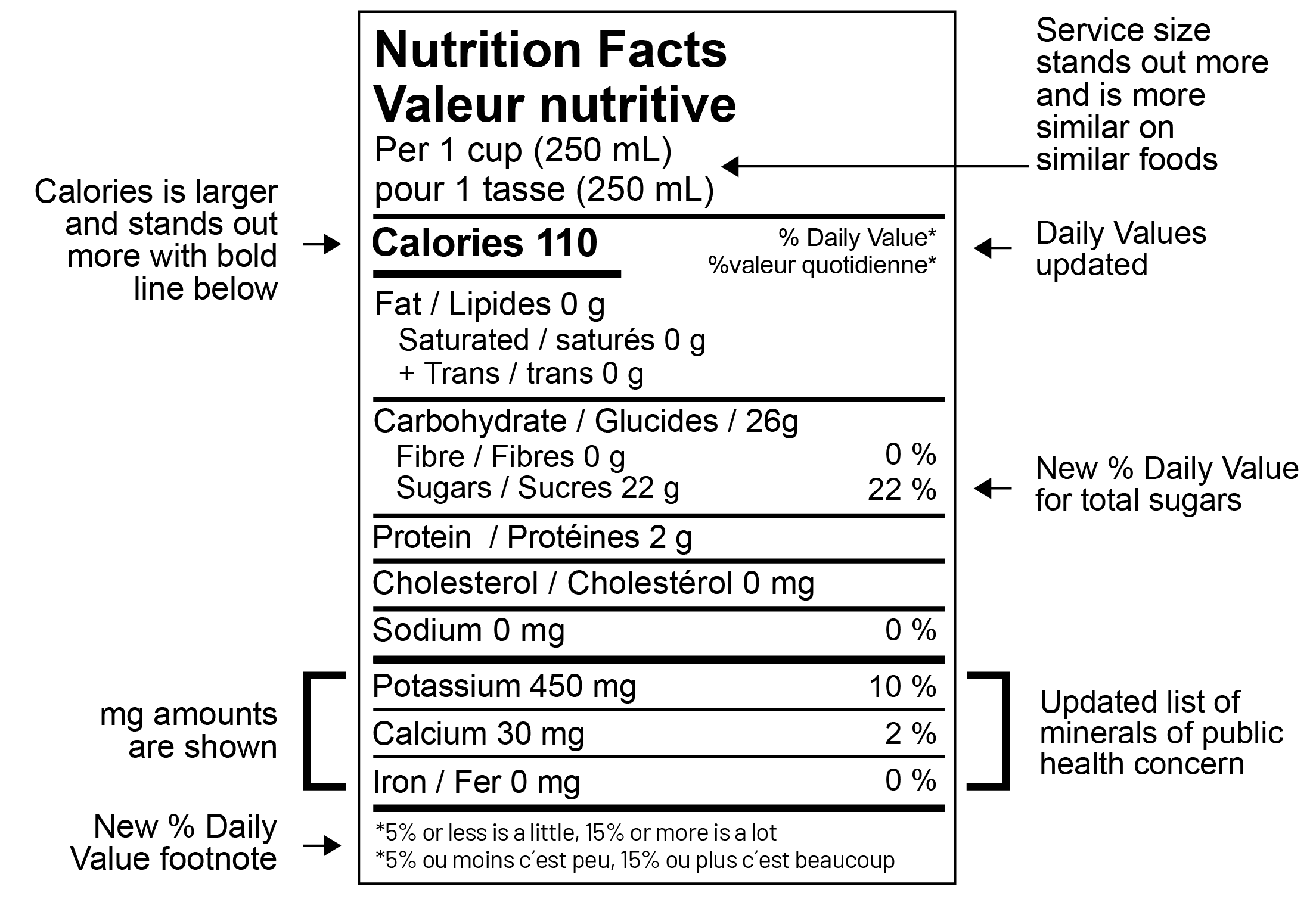Canadian Food Labeling Done Right
Canadian Food Labeling - Food Labeling - Translation - Canadian - Food for thought

Canadian Food Labeling Done Right
While Canada may be known for its poutine, ice hockey (and the riots after the Stanley Cup finals) and maple syrup, it’s much less known that “maple syrup” is actually a term prescribed by regulation there (yes, really) and that failing to use the proper terms, in English and in French, on a bilingual food label or failing to meet the specifications for maple syrup can lead to some hefty fines and food recalls related to Canadian Food Labeling. Not so great, eh?
These Food and Drug Regulations, protect Canadians from unsafe food additives, foodborne illnesses, allergens and more, while empowering everyone to make informed choices about what to eat given their nutritional requirements and energy needs, in the official language they speak.
Poor translation can harm consumers who rely on food labels for health reasons. It can also end up costing companies millions of dollars in fines, lost sales, recalled or wasted food and relabeling.
Let’s look at the ways food and beverage label translation can go wrong, and how to make it right.

No translation
It stands to reason that not translating the food label at all is one way Canadian Food Labeling can go wrong. But it’s not so simple: in some cases, the Canadian Food Inspection Agency does allow a food item to have a unilingual food label. These are: specialty foods, local foods, and test market foods. Read more about these exemptions from bilingual labelling.
Improper translation of ingredients and allergens
The next way things can go wrong when it comes to food and beverage translation is the use of incorrect terminology in the ingredient list and in the allergen declaration.
One of the most common examples is a humble shelled legume known in English as either a “peanut” or, in some parts of the United States, a “goober”. In French, this legume is known as either “arachide” or “cacahuète”. However, in Canada, the terms “goober”, in English, and “cacahuète”, in French, are not widely used. Using those terms on a food label would therefore create confusion and may cause a person, who does not know those less widely used terms but is allergic to peanuts, to fail to understand that they are purchasing a food item that contains them.

This is why the Food and Drug Regulations prescribe the terms “peanut” and “arachide”, respectively, to help the consumer understand, in plain language, what they are about to eat. They don’t just prescribe those two terms, of course: there are hundreds of names of ingredients in the Regulations! (We counted.)
Allergens are also required to be declared in a very visible way. Here is an example detailing some of the requirements:

Of course, that is just an English label. If a food is required to have a bilingual label, many of those ingredients will also have prescribed names in French. Some won’t, though, and that is where researching the names of the ingredients is vital.
Improper translation of the Nutrition Facts table
The Nutrition Facts table is another important aspect when it comes to food label translation:
 Getting the names of nutrients right in both English and French is important. After all the effort spent in validating the amount of each nutrient, you wouldn’t want a consumer to be confused between “carbohydrate” and “sugars”, or between unsaturated fats and saturated fats!
Getting the names of nutrients right in both English and French is important. After all the effort spent in validating the amount of each nutrient, you wouldn’t want a consumer to be confused between “carbohydrate” and “sugars”, or between unsaturated fats and saturated fats!
Visibility and legibility
Those important pieces of text won’t do good if the consumer can’t even read them, let alone quickly know where they are when skimming a product’s label at the grocery aisle.
That’s why the Food and Drug Regulations prescribe specific colors for the part of the packaging that carries the information. Specifically, text must be black, the background must be white, and there must be a black border around the information, with enough spacing to prevent the text from blending into the border. For legibility, the text must be written in a sans-serif typeface, and there are minimum height requirements as well. A bilingual Nutrition Facts table must be at least as wide as all the information that fits in both languages on the widest line.

This way, a vivid enough brand element won’t blend into this important information, and a consumer can still scan for the part of the packaging that is very clearly black on white. They can even quickly scan for the specific nutrient they are looking for, because the order of the Nutrition Facts table is always the same – calories, then fats, then carbohydrates, then vitamins and minerals. It’s also easy to find allergens, because the word “Contains:” must be in bold type.
Public safety
As we’ve seen, translation errors can seem benign, but you can never be too careful when it comes to public safety. We’ve presented a few of the most common mistakes and shown you how you can avoid them.
We understand that these regulations are rather complex. After spending all that effort figuring out the order of your ingredient list, your allergen statement, your possible cross-contaminations, and getting the values you need for your Nutrition Facts table, give yourself a break and let a professional, trusted language provider like Ad Astra help you translate all of that into French.
Give us your labels and let us know how we can help. Contact us today to get started.
.png?width=500&height=483&name=bot%20(1).png)



